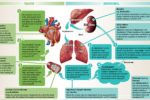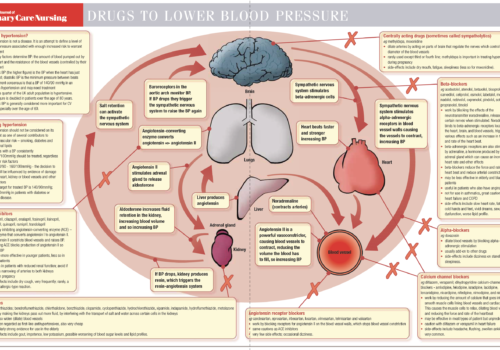Hypertension affects one in five people in the UK and is poorly managed despite a range of drug and lifestyle interventions known to be useful and effective. We are constantly reminded about the importance of getting people to target with blood pressure (BP) treatments but this can be easier said than done. In this article, we will look at the challenge of getting blood pressure readings down to target levels and we will work through some case studies to explore possible solutions to achieving the targets in practice.
























